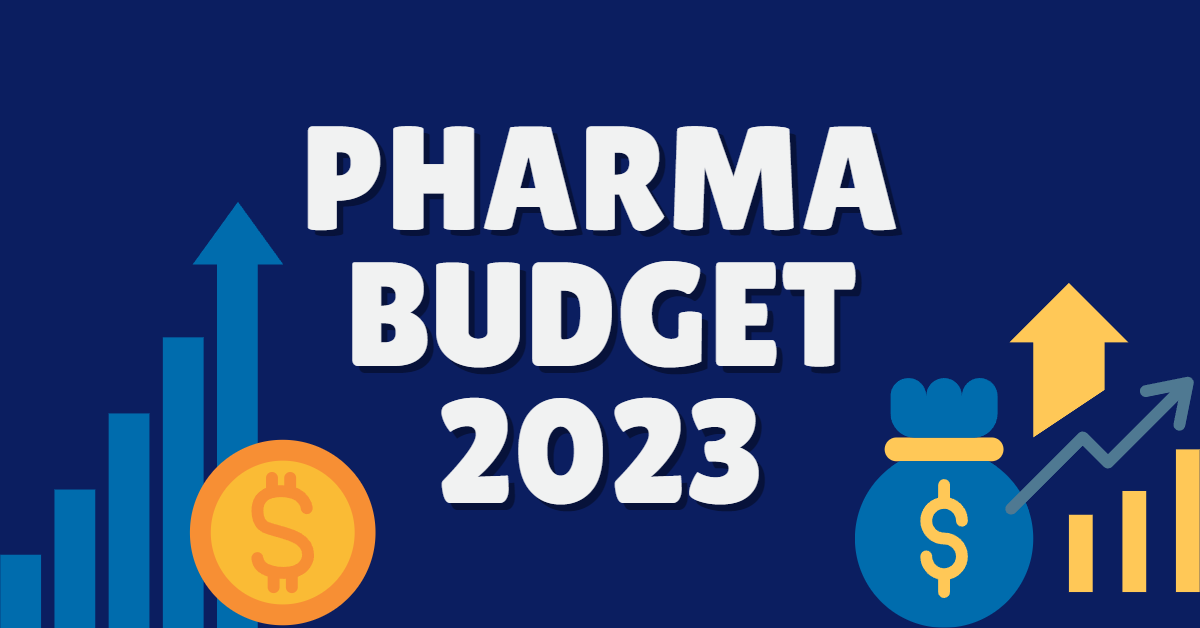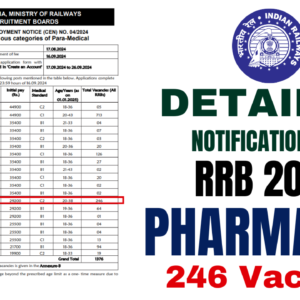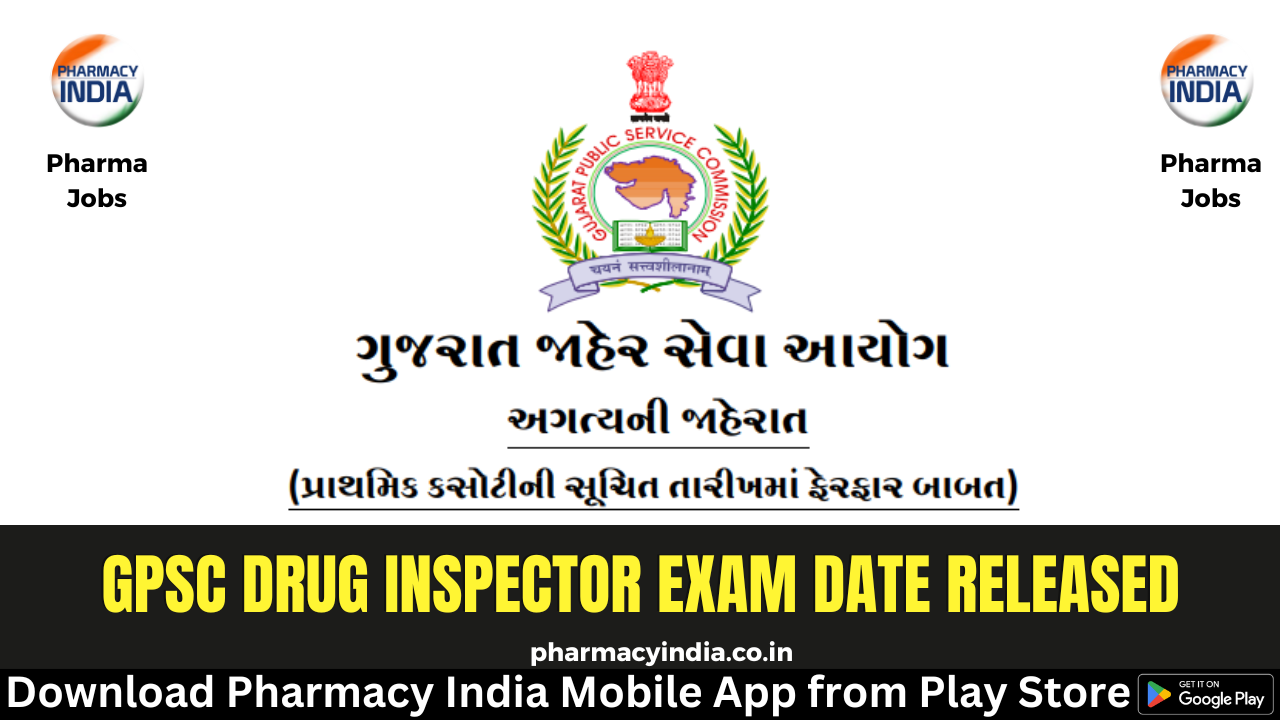Nirmala Sitharaman, the union finance minister, has proposed a number of initiatives for the pharmaceutical and healthcare sectors in the union budget for 2023. The Finance Minister stated during her budget statement in Parliament that a new initiative would be implemented to support pharmaceutical research and innovation through centres of excellence. It is obvious that the government is focusing on improving the healthcare infrastructure of the nation through these efforts, therefore it is of course a positive step on their part. And without a doubt, this will inspire business to invest in R&D in particular key areas, helping India emerge as a leader in pharmaceutical innovation on a global scale.
The minister has made yet another big announcement, saying that certain ICMR labs will make their facilities available to academics from public and private medical colleges as well as research teams from the private sector in order to promote collaborative research and innovation. This plan will spur innovation since it will allow public and private companies to do joint research at some of the ICMR labs. Without a doubt, the government’s choice will aid in filling infrastructure deficiencies in the nation’s research eco-system.
A plan to eradicate sickle cell anaemia by the year 2047 was also declared by the finance minister. It will involve raising awareness, screening everyone in afflicted tribal areas between the ages of 0 and 40, and providing counselling to seven crore individuals. It is admirable and critical for the nation that this quest to eradicate sickle cell anaemia succeed. This programme has the potential to be extremely important in the creation and execution of future initiatives aimed at the prevention and management of non-communicable illnesses, which are predicted to account for more than 75% of India’s burden by 2025.
Additionally, the idea for a multidisciplinary medical device course for skilled labour is commendable. To guarantee the availability of trained labour for cutting-edge medical technology, high-end production, and cutting-edge research, the dedicated multidisciplinary course for medical devices will be supported in existing institutions. It is undeniably a step in the right direction to equip the workforce with the modern skills necessary for the pharma and biopharma sectors to place an emphasis on multidisciplinary courses in research, high-end manufacturing, and medical technology.
The government’s commitment to improving the healthcare industry is demonstrated by the Finance Minister’s announcement of the commencement of a multidisciplinary course for medical devices. By promoting cooperation between hardware and software engineers, physicians, and clinicians, the government is demonstrating that it acknowledges the fundamentally interdisciplinary nature of medical devices. This will open the door for the creation of innovative and effective solutions.
Another important step taken by the government to improve India’s digital capabilities is the creation of three centres of excellence for artificial intelligence (AI). These centres will enable the initiatives “Make AI for India” and “Make AI work for India.” The Finance Minister has also suggested that 157 new nursing colleges be constructed in conjunction with current colleges, which is a good step towards addressing the continuously rising demand for care delivery by paramedical workers. All things considered, the country’s budgetary allocation for the healthcare industry is still quite low.
In comparison to other nations like China at 3.2% or the US at 8.5%, the health expenditure as a proportion of GDP has only increased from 1.4% to 2.1% from fiscal year 2019 to fiscal year 2023. It would have been ideal if the financial allocation for the nation’s health sector had been boosted to 4% of GDP or higher.






